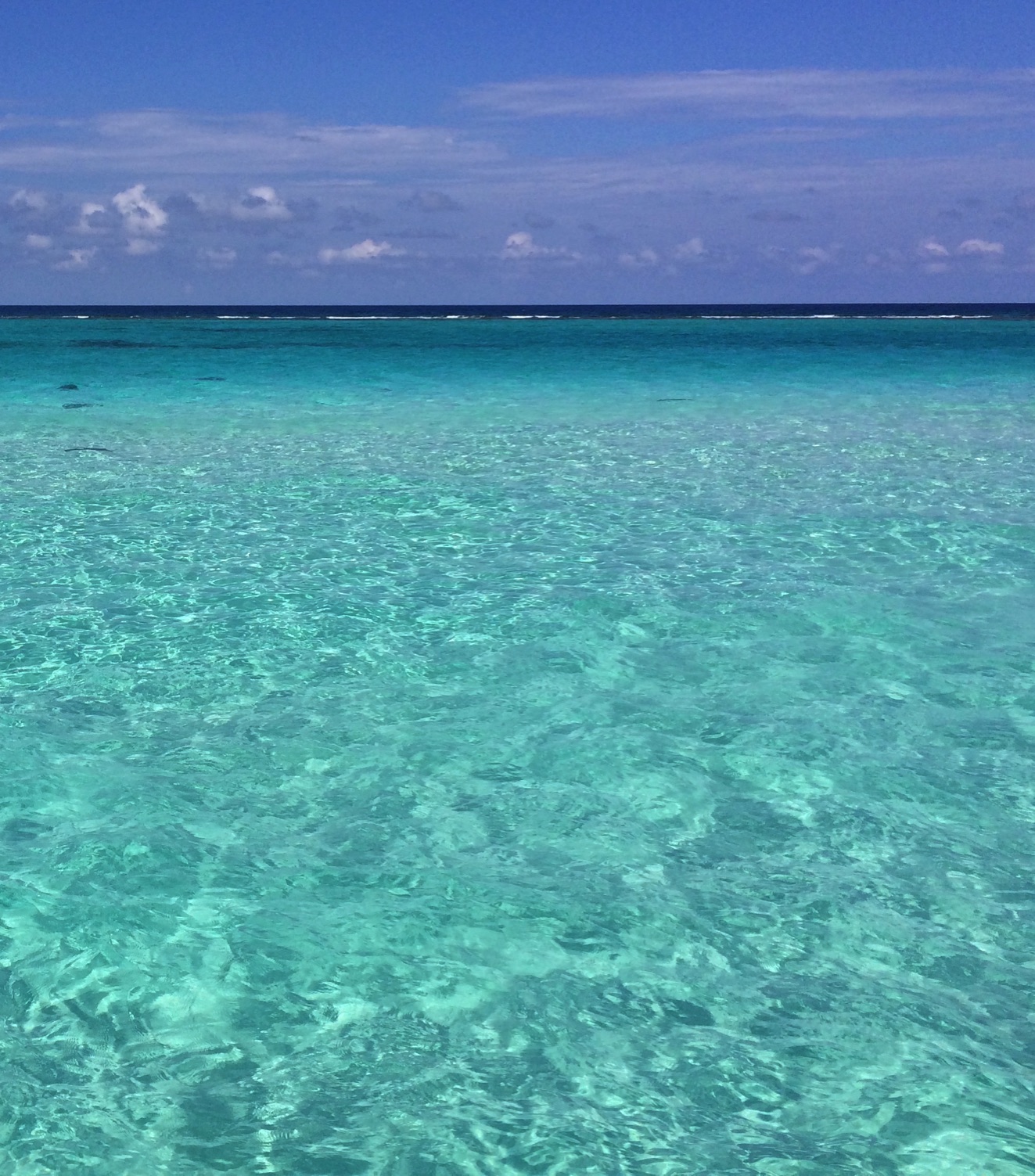MILESTONE CHRONOLOGY UP TO 1950
1912 - L.F. Richardson receives British Patent 11,125, “Apparatus for warning a ship at sea of its nearness to large objects wholly or partly under water”.
1917 - working under the British Board of Invention and Research and for the British Admiralty and Royal Navy Anti-Submarine Division (ASD), Canadian physicists Robert William Boyle and Albert B. Wood, produced a prototype active sound detection system known as ASDIC, later known as SONAR.
1918 - HMS P59 received the world's first operational ASDIC set in late 1918.
1923 - Submarine Signal Company introduced the world's first commercial Fathometer Depth Sounder. It was the first echo sounder to provide accurate, detailed permanent recordings of underwater topography. Based on successful horizontal and vertical sounding experience with the Fessenden oscillator prior to WWI, a successful depth-sounding instrument called Fathometer (registered trademark) was engineered by Submarine Signal Company
1924 - The first commercial Fathometer was installed and tested on Merchants and Miners Transportation Company (M&M) 440 foot liner S.S. BERKSHIRE
1925 - United States Coast and Geodetic Survey (C&GS) obtained a Fathometer designed and built by Submarine Signal Company. C&GS used the model 312 Fathometer primarily for deep-water soundings.
1927 - Underwater Detection Establishment – an ASDIC Research and Development unit was established at HMS Osprey (Portland Naval Base), moving to Fairie as the HM Anti-Submarine Experimental Establishment in 1940 and back to Portland as Underwater Weapons Establishment. In 1960 it was absorbed into the Admiralty Underwater Weapons Establishment.
1929 - Patent 1,719,937, Dr. Willy Kunze, “Device for Transmitting Sound Waves in Water on Board Ships”
1942 - The term 'sonar' was coined in 1942 by the director of the Underwater Sound Laboratory, F.V Ted Hunt, and stands for Sounding Navigation and Ranging (D'Amico and Pittenger, 2009).
1945 - United Kingdom ASDIC Type-162 Cockchafer conceived and entered service 1948. This was the last major wartime British sonar development. The system was also known as the AN/SQS-501 Sea Bottom Identification Set.
1950 – Dr. Julius Hagemann writes “Review and Evaluation of Existing Mine Location Devices” for the U.S. Navy Mine Countermeasures Station.
